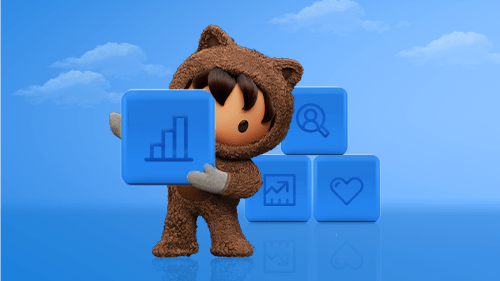
Get your FREE 30-day trial.
Please complete all fields.
We’ve talked a lot about work productivity — increasing yours, increasing your employees’, and tips for small businesses and sales reps. What is less discussed, but often at the root of productivity problems, is motivation. We all have “down days” where we just… can’t. Easy tasks become dull, monotonous time-sucks. We want to be busier and accomplish more, but it’s hard to get excited about the projects on the to-do list.
There’s nothing wrong with you — or your job. Stop going down the rabbit hole of self doubt. Instead of asking yourself “am I just not cut out for this?” ask yourself why you’re not psyched about what you’re working on this week. If you force yourself to sleepwalk through your next project, you’ll end up spending a large amount of time feeling like you’ve done very little and getting deeper into that rabbit hole.
Of course, our jobs aren’t the only thing we sometimes feel ho-hum about. Have you already forgotten about those New Year’s resolutions to meditate every day, or renew connections with old friends? Lack of motivation at work shares something with resolution failures. The problem is that we focus too much on external motivation (a promotion, wanting to look like someone else, reinforcement from your peers) and not enough on internal motivation. Working towards something because your boss expects it or because you want to project a certain image may push you in the short run, but it won’t light your fire from within.
Inspired by our own desire for self motivation, we put together some tips to help you hit the reset button.
Musing about motivation alone at your desk will only get you so far. A long conversation with a friend, partner, or trusted colleague can help you get to the root of things, and you will discover a lot about yourself and your work style. Once you know the core things that are preventing you from feeling like a go-getter, you can start reframing your work to have more of an impact.
Remember when you started your job, and your friends asked what the new role was? You probably said something like “I’ll be getting to do some pretty cool stuff, working on XYZ.” Fast forward a year and the big ideas you talked about are still on the back burner because you’re just getting by tackling the day-to-day stuff. If you didn’t have to do [tedious code reviews/ endless email threads/hours of data entry], what are the things you’d be going after?
Here’s a strategy: Try doing those things for a day. Take a break from some of your everyday tasks and work on that fun project or creative idea you had. Take a walk, read some cool stuff about your industry, check out projects other people have been working on, take a coworker to coffee, and dream big. (You probably weren’t getting much done anyway, and it’s hugely worth it for future productivity.) Inspiration is the starting point for motivation.
If you don’t have a project management system, get one. You can use a system like Trello or create your own process to help with workflow. Find a way to segment your projects into categories like “Recurring,” “Long-Term,” and “In Progress,” or numbered from most to least important. The key is defining what’s important: Put those big, inspirational ideas at the top of the list with a plan to carry them out. When you set your focus for the day or week, reference your priorities and don’t let continuous email pings rule you.
Does the thought of sitting down at your desk dampen your spirits (not to mention remind you of that shoulder pain)? The space in which you’re working can have a huge effect on your emotions and energy level, as can the amount of physical activity you get at work. Try switching it up and moving more. If you sit all day, hack together a standing desk or make sure to stretch — a lot. Walk outside, even if it’s raining or snowing. Get your blood flowing and use your breaks doing something that will truly energize you.
Now that you’re excited to get to work, try some productivity techniques to help maintain your newfound motivation. Many methods (for instance, the Pomodoro Technique) share common ingredients: Close digital distractions, set aside a short amount of time (20-30 minutes) to do a single task, and give yourself a break after that time elapses. Rinse and repeat. There are lots of people out there working to make productivity easier for you, making apps like Forest. Just don’t forget that if you’re not getting much done even with a technique to help you focus, the problem probably isn’t that you’re just not good at productivity. More likely, you need to take that step back to help find your motivation and set priorities in your life.